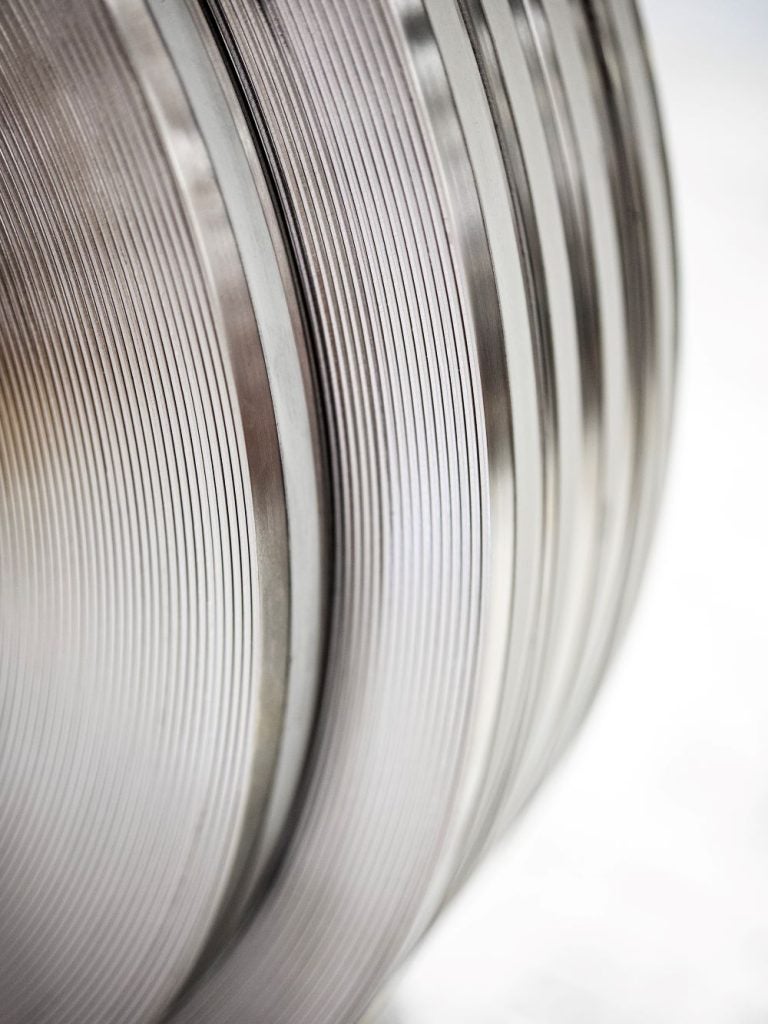Carbon. has filed a patent for a method of forming a three-dimensional object using a polymerizable liquid mixture. The process involves filling a build region with the liquid, irradiating it with light to form a solid scaffold, and then heating the unsolidified component to create the final object. GlobalData’s report on Carbon gives a 360-degree view of the company including its patenting strategy. Buy the report here.
According to GlobalData’s company profile on Carbon, Spacecraft 3D Printing was a key innovation area identified from patents. Carbon's grant share as of January 2024 was 43%. Grant share is based on the ratio of number of grants to total number of patents.
3d printing method using polymerizable liquid and solidifiable component


A patent application (Publication Number: US20240034000A1) discloses a method for forming a three-dimensional object using a polymerizable liquid mixture. The method involves providing a carrier and an optically transparent member with a build surface, filling the build region between them with the polymerizable liquid mixture containing a light polymerizable liquid first component, a second solidifiable component, a photoinitiator, and an organic peroxide. The build region is irradiated with light to form a solid polymer scaffold and the carrier is moved away to create a three-dimensional intermediate with the second solidifiable component in unsolidified form. Subsequently, the unsolidified component is heated or microwave irradiated to form the final three-dimensional object.
The method allows for the creation of various types of three-dimensional objects, including elastomeric, rigid, semi-rigid, or flexible structures. The organic peroxide in the polymerizable liquid reacts with any unreacted double bonds during the heating or microwave irradiation process. Additionally, the polymerizable liquid mixture may contain a reactive diluent such as acrylates, methacrylates, styrenes, acrylic acids, vinylamides, vinyl ethers, or vinyl esters to enhance the properties of the final object. The method also involves maintaining a dead zone of polymerizable liquid in contact with the build surface and a gradient of polymerization zone between the dead zone and the solid polymer scaffold to ensure proper curing of the material. Overall, this innovative method offers a versatile approach to creating complex three-dimensional objects with customizable properties.
To know more about GlobalData’s detailed insights on Carbon, buy the report here.
Data Insights
From

The gold standard of business intelligence.
Blending expert knowledge with cutting-edge technology, GlobalData’s unrivalled proprietary data will enable you to decode what’s happening in your market. You can make better informed decisions and gain a future-proof advantage over your competitors.







